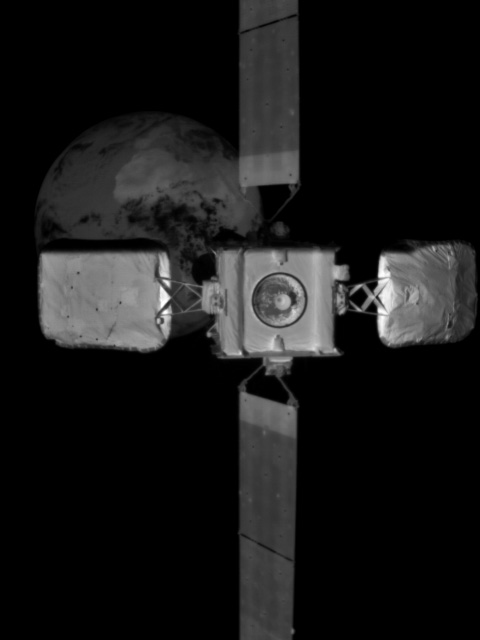SpaceX’s Falcon Heavy wins launch contract for VIPER lunar rover
Capitalism in space: Astrobotic, the company building the lander to place NASA’s VIPER lunar rover on the Moon, has picked SpaceX’s Falcon Heavy as the rocket to launch the package.
This mission is part of a fleet of landers being sent to the Moon in the next two years, as part of NASA’s Commercial Lunar Payload Services (CLPS) program to hire private companies to do this rather than NASA.
Intuitive Machines, which won CLPS task orders for two lander missions, will launch each on Falcon 9 vehicles late this year and in 2022. Masten Space Systems selected SpaceX to provide launch services for its XL-1 lander mission, which won a CLPS award for a late 2022 mission.
Astrobotic will launch its first CLPS mission, a smaller lunar lander called Peregrine, on the inaugural launch of United Launch Alliance’s Vulcan Centaur currently scheduled for late this year. Firefly Aerospace, which won the most recent CLPS award in January, has not selected a launch provider yet for its Blue Ghost lander, but noted the lander is too large to launch on the company’s own Alpha rocket.
That’s five American lunar missions, all built and owned by private companies. Nor will these be the only unmanned lunar missions, when you include the UAE rover targeted for a ’22 launch, along with additional planned Indian, Chinese, and Russian missions. Almost all are aimed at the Moon’s south polar regions.
It is going to get both crowded and busy on the Moon in the next few years.
Capitalism in space: Astrobotic, the company building the lander to place NASA’s VIPER lunar rover on the Moon, has picked SpaceX’s Falcon Heavy as the rocket to launch the package.
This mission is part of a fleet of landers being sent to the Moon in the next two years, as part of NASA’s Commercial Lunar Payload Services (CLPS) program to hire private companies to do this rather than NASA.
Intuitive Machines, which won CLPS task orders for two lander missions, will launch each on Falcon 9 vehicles late this year and in 2022. Masten Space Systems selected SpaceX to provide launch services for its XL-1 lander mission, which won a CLPS award for a late 2022 mission.
Astrobotic will launch its first CLPS mission, a smaller lunar lander called Peregrine, on the inaugural launch of United Launch Alliance’s Vulcan Centaur currently scheduled for late this year. Firefly Aerospace, which won the most recent CLPS award in January, has not selected a launch provider yet for its Blue Ghost lander, but noted the lander is too large to launch on the company’s own Alpha rocket.
That’s five American lunar missions, all built and owned by private companies. Nor will these be the only unmanned lunar missions, when you include the UAE rover targeted for a ’22 launch, along with additional planned Indian, Chinese, and Russian missions. Almost all are aimed at the Moon’s south polar regions.
It is going to get both crowded and busy on the Moon in the next few years.










